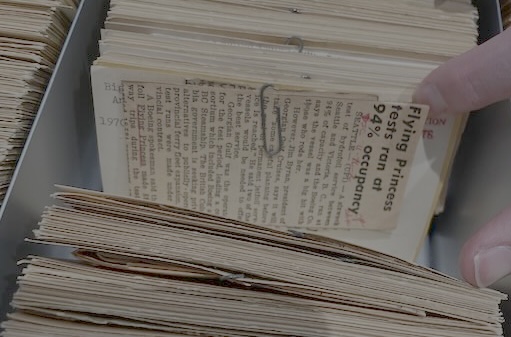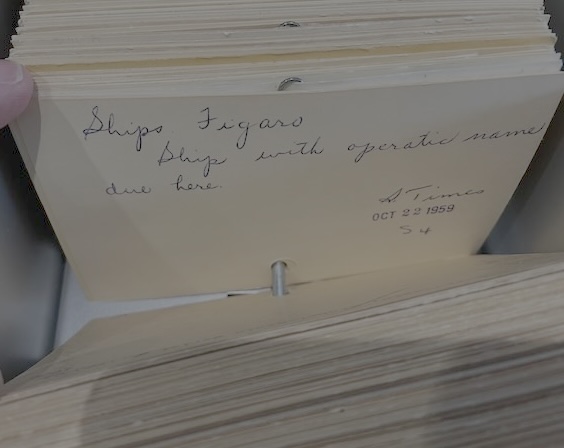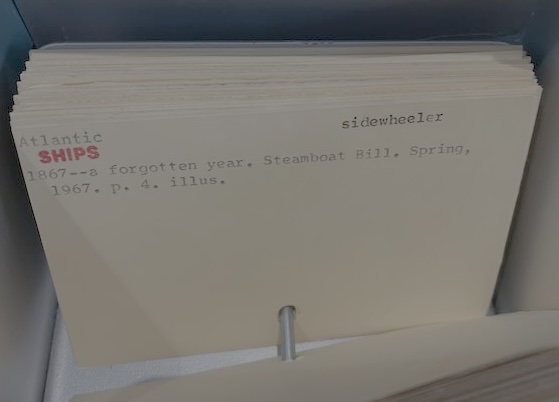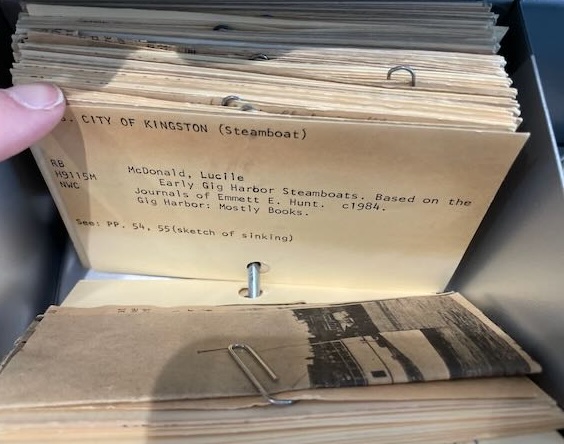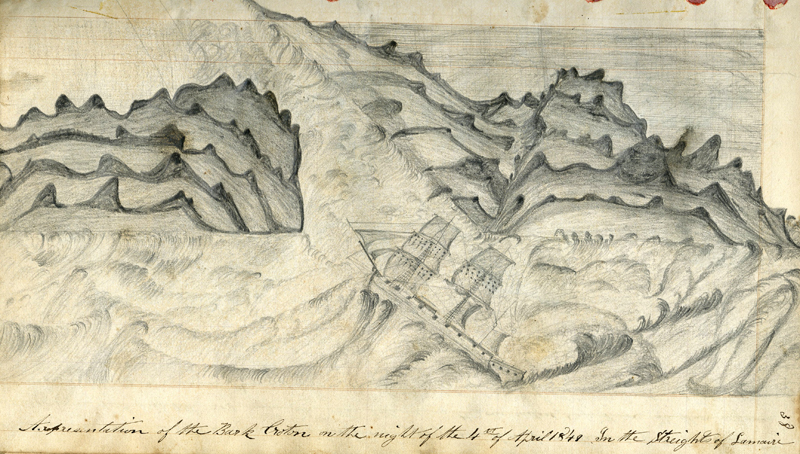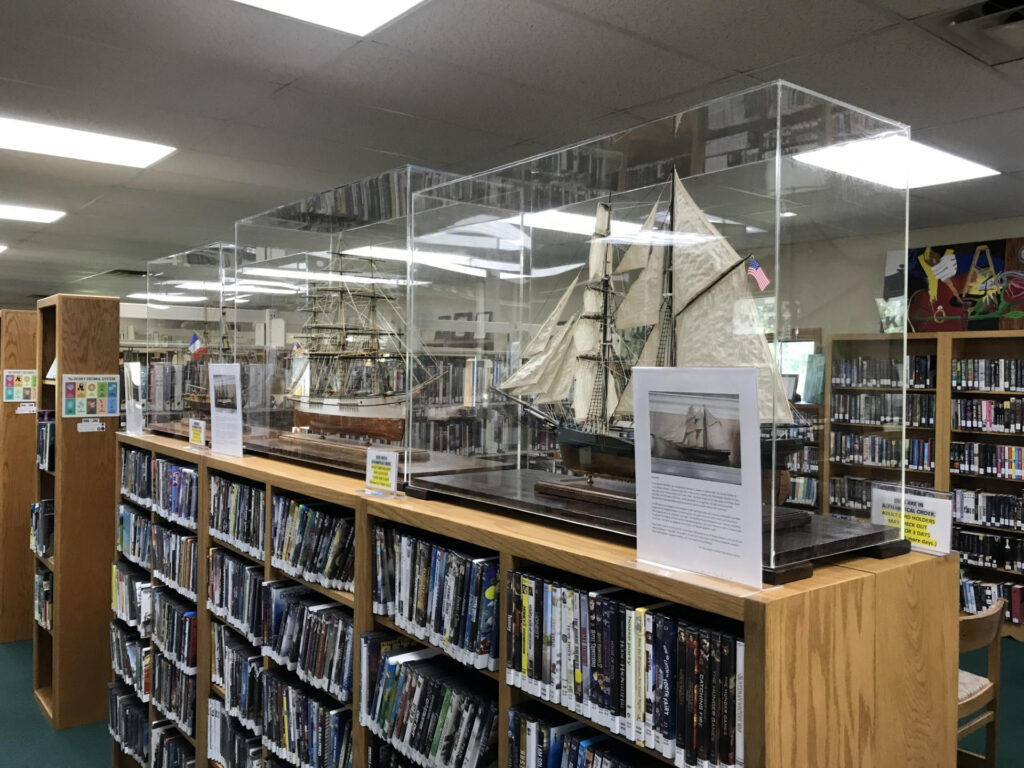This week, we look at an incredible four-year-long circumnavigation of the world, and a several recent naval support ships.
June 15: In 1744, Commander George Anson returned to England after an epic four-year circumnavigation of the globe. Anson sailed with six naval and two merchant ships, returning with just one ship and only 10% of his original crew, which consisted primarily of “invalids” – sick or old or wounded sailors who could do some service, but not much. The voyage was an incredibly difficult one, with great losses of life due to mutinies, storms, scurvy, overloaded vessels, malaria, and much more. When Anson returned, he did so with gold and silver taken from a Spanish prize galleon, equivalent to perhaps $60M today. He was greatly celebrated at the time, and taken to meet the King. No investigation took place into the problems caused by scurvy or difficult leadership during the voyage, though a number of changes came directly from it – including, for example, the introduction of standardized naval uniforms, so that officers could distinguish naval sailors from merchant sailors.
June 16: USS Wakefield entered naval service on this day in 1941, and was decommissioned on this day in 1946. Wakefield was better known as the ocean liner SS Manhattan (Wikipedia, ShipIndex), and as a troopship was the largest vessel ever operated by the US Coast Guard. As Manhattan, the ship sailed on the New York-Europe route, primarily to Hamburg – including carrying the US Olympic team to Germany for the 1936 Berlin Olympics. During one convoy voyage between Glasgow and New York, a fire broke out, causing extensive damage. Wakefield made it to Halifax, where torrential rains threatened to sink the ship. Eventually written off as a total loss, Wakefield was towed from Halifax to Boston, and then stripped to the waterline and completely rebuilt, returning to service in 1944. After D-Day, Wakefield began service carrying wounded GIs back to the US, and after the end of the war, the ship was decommissioned on this day in 1946, and eventually sold for scrap in 1965.
June 21: During the Falklands War in 1982, the hulk of RFA Sir Galahad (Wikipedia, ShipIndex) was sunk by HMS Onyx (Wikipedia, ShipIndex). Sir Galahad had been commissioned in 1966, and served as a landing ship logistics vessel during the Falklands War. The ship had survived an attack in late May by the Argentinian Air Force, and an unexploded bomb was successfully removed from the ship after that attack. Sir Galahad was attacked again on June 8, while preparing to unload soldiers in the Falklands; during this attack, several bombs exploded and started fires on board. The fires quickly got out of control, and the vessel was destroyed, with the loss of 48 lives. On the 21st, the hulk was towed out to sea and sunk by torpedoes from Onyx. It is now considered an official war grave.
Brockville, Ontario, will be hosting a collection of tall ships in their Tall Ships Festival, June 20-22. They’ve got a full lineup of ships, music, science, family activities, and a lot more. This festival takes place every three years, so if you’re in the neighborhood, don’t wait until 2028! Check it out!

